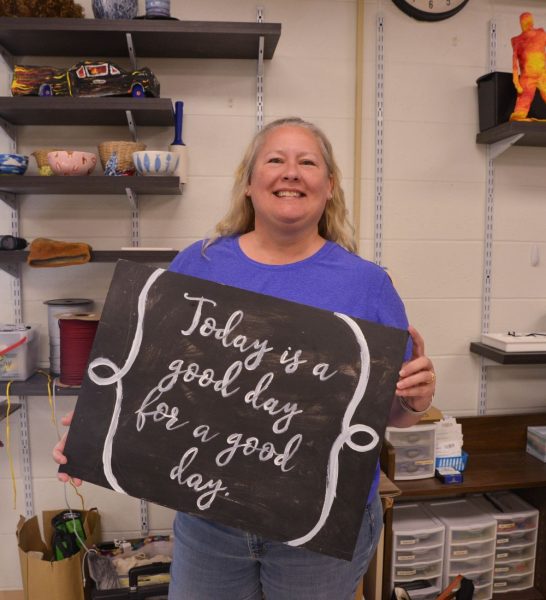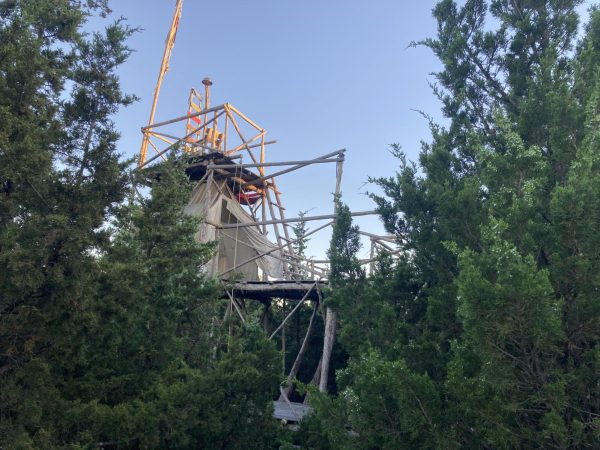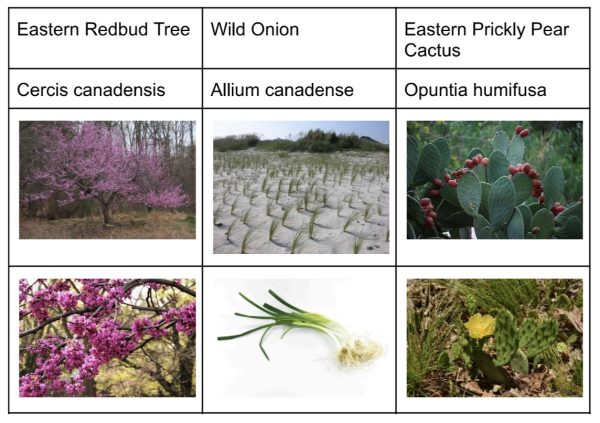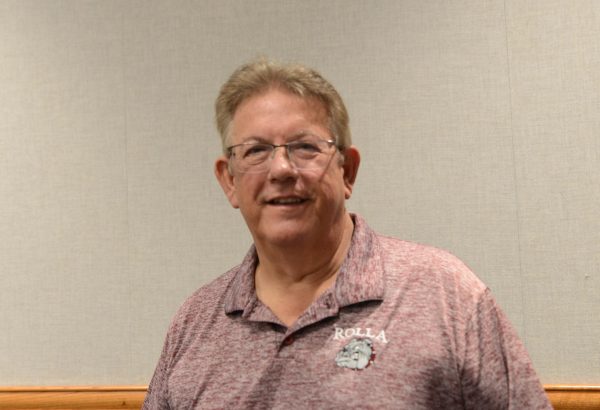Together we can beat suicide: End the Stigma, proactively seek prevention
1-800-273-8255 (TALK) is widely known as the suicide prevention hotline, but most people do not remember the number in time of need. The FCC suggests “988” as the new, easy-to-remember number. The help service will function the same, but with easier, faster results. Chairman Ajit Pai made an announcement that the number will most likely be shortened in the near future. The FCC also released a report on telecommunications elaborating on the fact it needs to be treated as an emergency number but different than the obvious 9-1-1.
“There is a suicide epidemic in this country, and it is disproportionately affecting at-risk populations, including our veterans and LGBTQ+ youth,” Pai told the technology news source Engadget. “Crisis call centers have been shown to save lives.”
EDITOR’S NOTE: This story ran in the September print issue under the wrong writer’s byline. This story was written by Michael “Mandy” Jones
According to the most recent recorded data, the U.S. has one of the highest suicide rates in the world next to mid-Asia. About 329 million took their lives in the past year, roughly 4.36% percent of our population, According to the American Foundation for sucide prevention. In a situation where every second counts it could be difficult to remember or even find the suicide lifeline. In 2018, Congress passed the “National Suicide Hotline Improvement Act” which requires the FCC to conduct a study on the viability of creating a 3-digit hotline. The results show most Americans are all for a quicker conclusion.
Most people had no idea this was even taking effect, so it is important to get the information out soon. People around the world need help, and most are scared to reach out to a loved one or friend for the fear of being judged.
Here at Rolla High School, there is a crisis program, but most students are not even aware that such a thing exists.
When talking to the school based therapist/Counselor Mrs. Chambers, she explained the fact that we have our own hotline at the school, and it is available to students at all times. When students come into her office and talk about suicide, or thoughts of self-harm, she asks them 3 simple questions.
“I ask do they ever wish they weren’t alive? And if yes, do they have a plan? Or has there ever been an attempt?” Chambers explains, “If there’s a yes to any of these questions we fill out what is called a Columbia, and that’s just more in depth, asking more questions to see where they’re at with the thoughts, and even if someone has the thoughts that doesn’t mean they necessarily have to be hospitalized. If we get to the point where the thoughts are pretty intrusive but were not all the way to the point of having a plan, or the means to do it, we develop what is called ‘The Safety Plan.’ Basically this is, how do you know when you get to a time in need, who can you contact? How would you get there?. They just commit to safety. .If it’s not to the point where I need to call 911, this is the person I can trust.”
Chambers has a lot of clients she sees on a daily basis, sometimes even more than once a day. She strongly believes the national number being shorter, students will use it way more.
“Even with our school crisis number now, I don’t have it memorized. I always have to dig a card out and give it to them, and I mean I give it out all the time, so with it being three numbers would be absolutely amazing.” She also believes it will connect people in Rolla, and in the United States much faster.
“If someone is really down, they are not likely to search for a card or google a long number.” Chambers adds. If you ever need someone to turn to, Chambers’s door is always open. She is located in the teacher workroom by the counselor’s office and students can contact her at (573)-263-4683 or [email protected]







